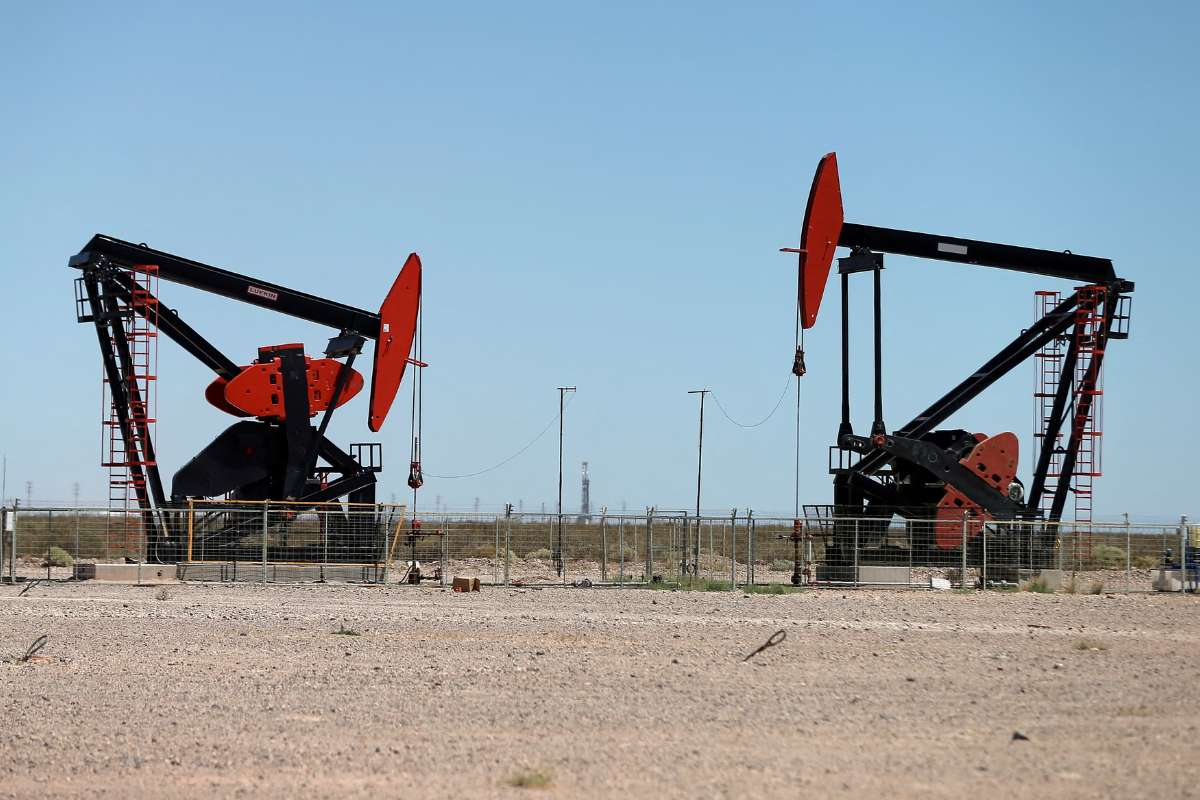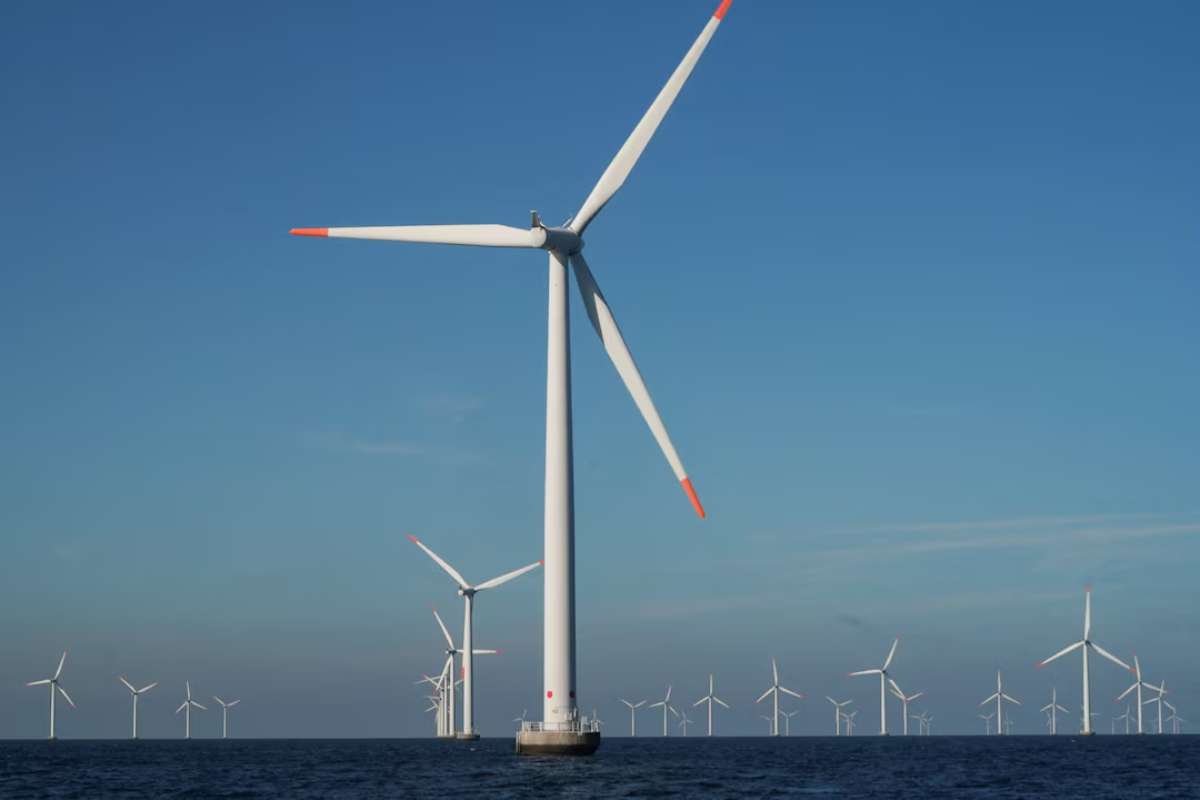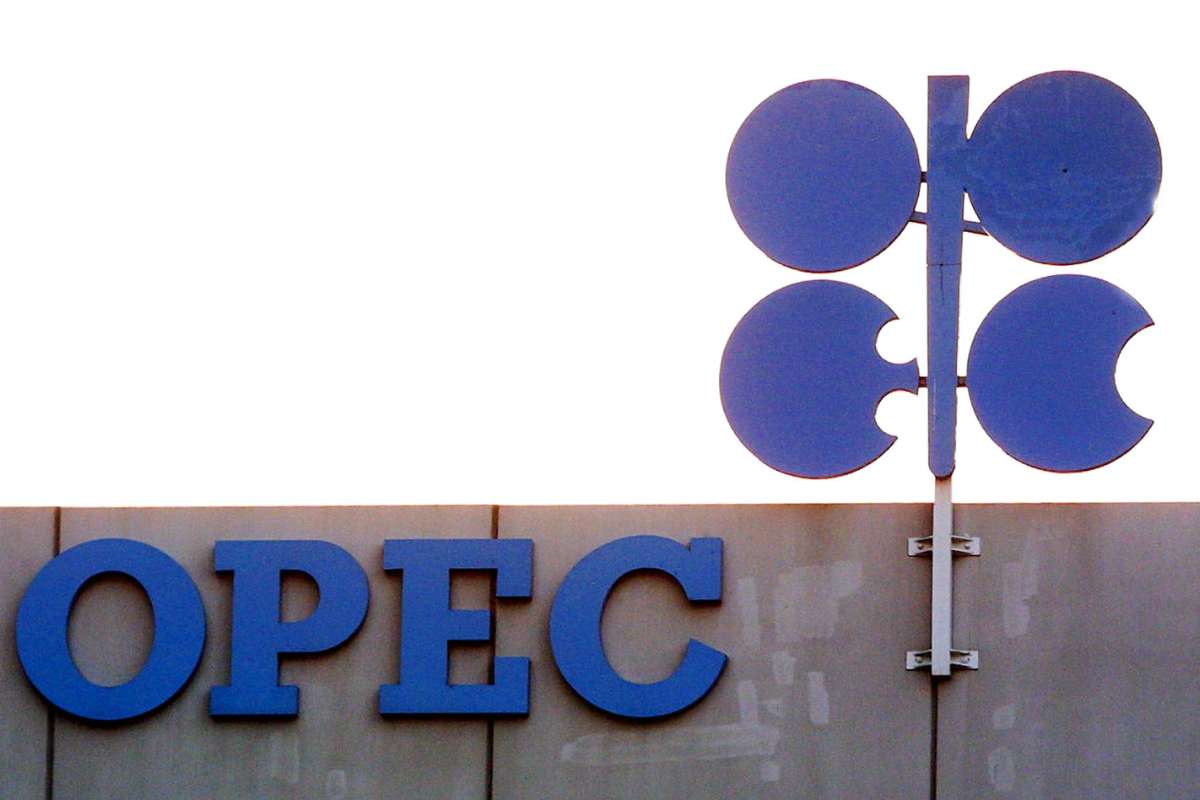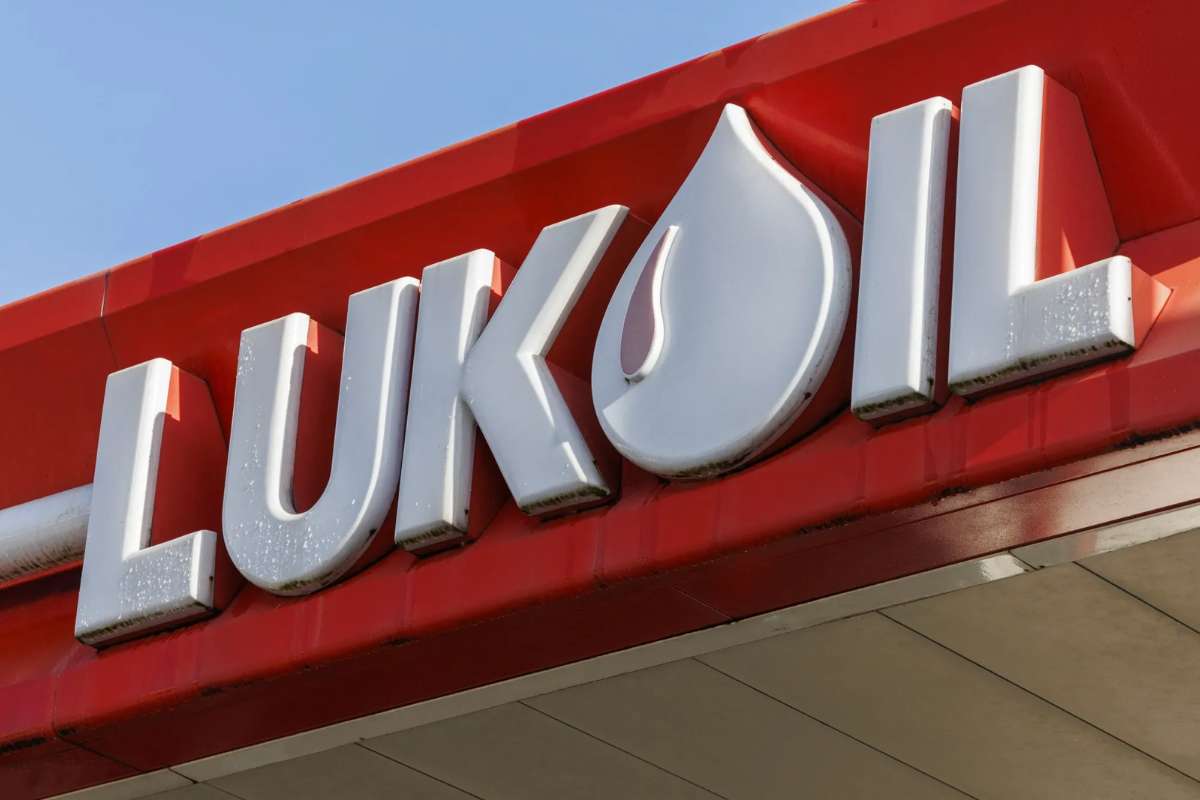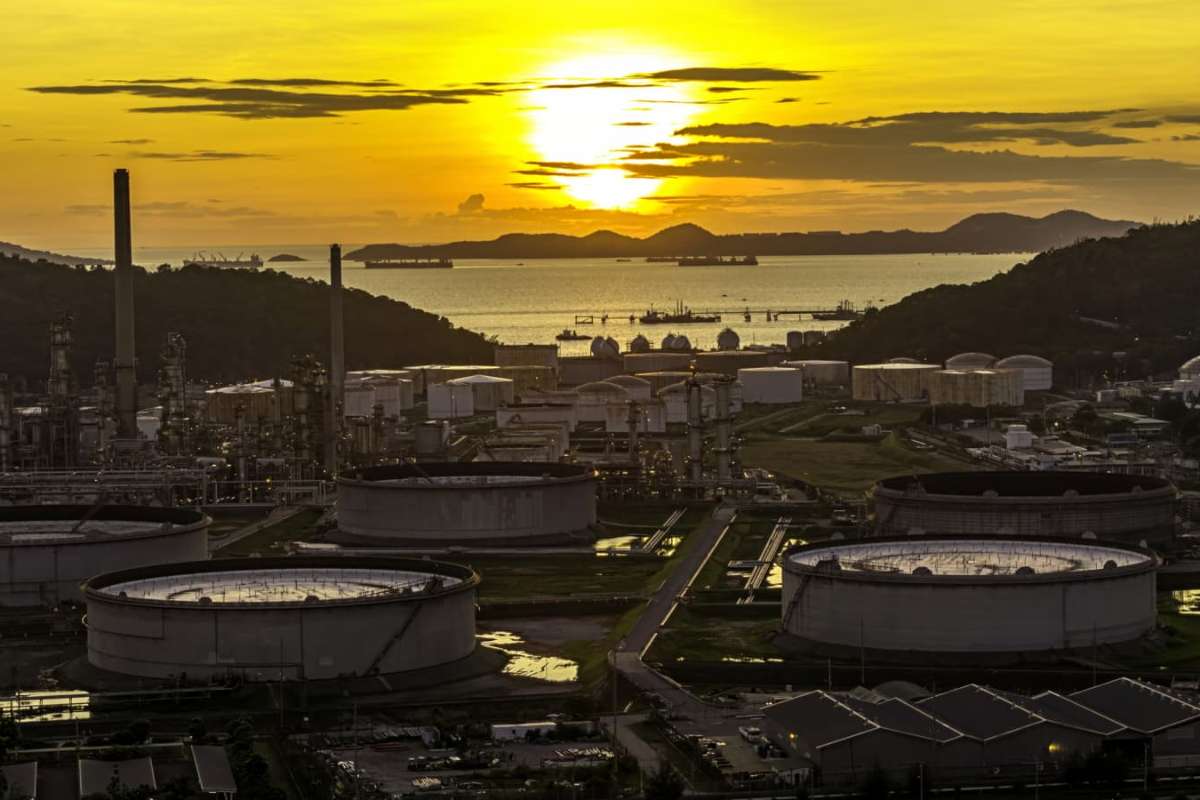Key Points:
- Brent crude falls as a strong dollar and weak China demand push oil prices lower.
- Rising OPEC+ and U.S. output limit price recovery despite Russian sanctions.
- Global oversupply keeps the oil market bearish into early 2026.
SINGAPORE, Oct. 31—Brent crude falls on Friday, putting them on track for a third consecutive monthly decline as a strong U.S. dollar and weak manufacturing data from China weighed on demand prospects. Expanding output from major producers further pressured prices despite sanctions disrupting Russian exports.
Brent crude futures fell 12 cents, or 0.18%, to $64.88 a barrel by 0744 GMT. U.S. West Texas Intermediate (WTI) crude dropped 21 cents, or 0.35%, to $60.36 a barrel. Both benchmarks are expected to close about 3% lower for October.
Analysts said the dollar’s recent strength has curbed investor appetite for commodities priced in the U.S. currency. “A stronger USD weighed on investor appetite across the commodities complex,” ANZ analysts said in a note.
The dollar gained after Federal Reserve Chair Jerome Powell said on Wednesday that an interest rate cut in December was not guaranteed, dampening expectations of looser monetary policy.
OPEC+ eyes modest output boost
Rising supply from the Organization of the Petroleum Exporting Countries (OPEC) and its allies, collectively known as OPEC+, has also limited price recovery. The group is leaning toward a modest output increase in December, sources familiar with discussions said ahead of its meeting on Sunday.
Over recent months, eight OPEC+ members have raised production targets by more than 2.7 million barrels per day — about 2.5% of global supply — as part of efforts to defend market share amid rising competition.
Crude exports from Saudi Arabia, the world’s top oil exporter, reached a six-month high of 6.41 million barrels per day in August, according to data from the Joint Organizations Data Initiative. Shipments are expected to climb further in the coming months.
In the United States, oil production hit a record 13.6 million barrels per day last week, the Energy Information Administration reported. The record output underscores the resilience of U.S. shale producers even as Brent crude falls and WTI prices trend lower.
Weak China demand weighs on outlook
An official survey released Thursday showed China’s factory activity contracted for a seventh straight month in October, signaling weaker demand from the world’s largest crude importer.
“Industrial slowdowns in China continue to drag on overall demand growth,” said Rajiv Bhatia, an energy economist based in Singapore. “Even with trade announcements from the U.S. side, we are not seeing a near-term recovery in consumption.”
U.S. President Donald Trump said Thursday that China had agreed to begin purchasing U.S. energy, including oil and gas from Alaska. He described the agreement as potentially “very large-scale,” though analysts questioned its impact.
“Alaska produces only about 3% of total U.S. crude oil output, which is not significant,” Barclays analyst Michael McLean said. “Chinese purchases of Alaskan LNG are likely to remain market-driven rather than politically motivated.”
Despite ongoing Western sanctions on Russian energy exports, increased output from other producers has helped stabilize global supply. OPEC+ and U.S. production growth are expected to keep markets well supplied through the rest of the year. Analysts said that Brent crude falls largely due to weak demand in Asia and steady increases in global supply.
Brent and WTI prices have now fallen for three consecutive months, driven by concerns over demand weakness in Asia and steady increases in global supply. Analysts said that while prices could find some short-term support from geopolitical risks or winter demand, broader market fundamentals remain bearish.
“The balance of risk is tilted toward oversupply,” Bhatia said. “Unless we see a sharper recovery in demand, oil is likely to remain under pressure heading into early 2026.”
Visit more of our news! Oil Gas Energy Magazine
